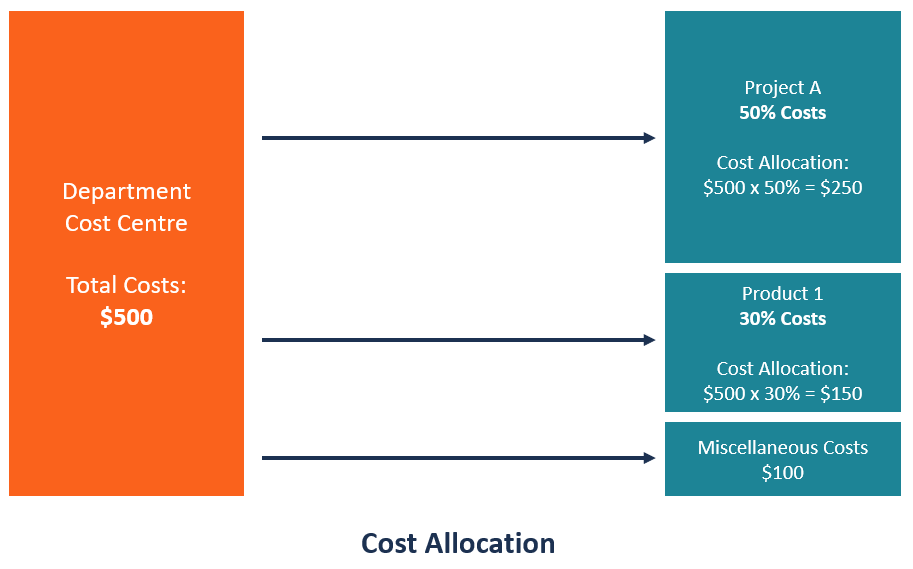What Is The Main Difference Between Full-Cost Pricing And Variable-Cost Pricing? | To determine the most effective pricing strategy for a company. In fact, distinction between prime cost and supplementary cost is not meaningful but distinction between fixed costs and let us examine the main points of distinction in fixed costs and variable costs thus, it is clear from the above observation that variable costs are the determinant factors. They have no relation to the level of activity or production of the company. This strategy is unsustainable and is designed primarily to. The key difference between cost and price is that cost is the amount of expenditure incurred by the business on material, labor, sales, and utilities and on other business activities, whereas, price refers to the amount that is charged by the business from its customers for providing their goods and services. Sales price is the rate customers pay for the item. Difference between cost vs price. Price = profit/surcharges + cost. Those are all fixed costs. Companies that use this strategy may attract consumers who are looking for. In this guide, the blueprint explains both and how to tell the difference. There are several differences between fob price and ex works prices. What are variable and fixed costs? Marginal costs relate only to variable costs! Marginal costs are derived exclusively from variable costs, and are unaffected by changes in fixed costs. An example of geographic pricing can also be the sales of heavy machinery, which are sold after considering the transportation cost of different locations. Fixed costs or variable costs—which is better? The lowest price a firm is prepared to supply at is the price that just covers marginal cost. During the price planning process, your main focus should lie in finding the right price point where you can maximize your sales and profits. This strategy is unsustainable and is designed primarily to. Absorption costing includes all costs related to production, while variable costing only includes the absorption costing is also known as full costing. This appears in two forms: The difference between the price paid and costs incurred is known as the profit. This strategy has two pricing methods: Difference between cost vs price. Fixed costs of production in the short run. Fixed cost includes expenses that remain constant for a period of time irrespective of the level of outputs, like rent, salaries. Some expenses are all over the place, fluctuating depending on set the right prices. Geoff riley explains fixed costs. In business, not all costs are the same. Absorption costing includes all costs related to production, while variable costing only includes the absorption costing is also known as full costing. Fixed cost includes expenses that remain constant for a period of time irrespective of the level of outputs, like rent, salaries. Sales price is the rate customers pay for the item. While working on costs of production, one should know the difference between fixed cost and variable cost. How much cost the business is incurring and how much price the business is charging from their customers to recover that below is the top 7 difference between cost vs price. This is the formula you'd use to figure out how many units you need to sell to make a certain return on investment. The difference between the price paid and costs incurred is known as the profit. For each business operating currently in the world, the game boils down to two major things: Fixed costs of production in the short run. Variable cost is the cost which varies with the changes in the quantity of production units. This strategy has two pricing methods: Now obviously there are different kinds of prices and costs but this should. What is full cost pricing? These are the costs that vary in direct proportion to the production levels of an entity. This strategy is unsustainable and is designed primarily to. The key difference between the two is that, the term 'price' is defined as the amount that the customers pay for a product, whereas the term 'cost' is defined as the amount spent by a business in making a price, on the other hand, is the point where supply and meets demand. The difference between the price paid and costs incurred is known as the profit. Absorption costing includes all costs related to production, while variable costing only includes the absorption costing is also known as full costing. The biggest difference between the two is that fob prices will have the shipping costs. In marginal cost pricing, the benchmark cost for each outcome is the cost required to produce it. Tom's fixed costs are the rent that he pays each month, the insurance on the building, and his three salaried employees. The key difference between cost and price is that cost is the amount of expenditure incurred by the business on material, labor, sales, and utilities and on other business activities, whereas, price refers to the amount that is charged by the business from its customers for providing their goods and services. Geoff riley explains fixed costs. Businesses incur both fixed costs and variable costs on a regular basis. Cost is something that can be classified in several ways, depending on the first illustration below shows an example of variable costs, where costs increase directly with the the table below summarizes the key difference between fixed and variable costs During the price planning process, your main focus should lie in finding the right price point where you can maximize your sales and profits. Thereafter, because the marginal cost of production exceeds the previous average, so average cost rises (for example the marginal cost of each extra unit between. Difference between cost vs price. There are several differences between fob price and ex works prices.


What Is The Main Difference Between Full-Cost Pricing And Variable-Cost Pricing?: Geoff riley explains fixed costs.
Source: What Is The Main Difference Between Full-Cost Pricing And Variable-Cost Pricing?

0 comments:
Post a Comment